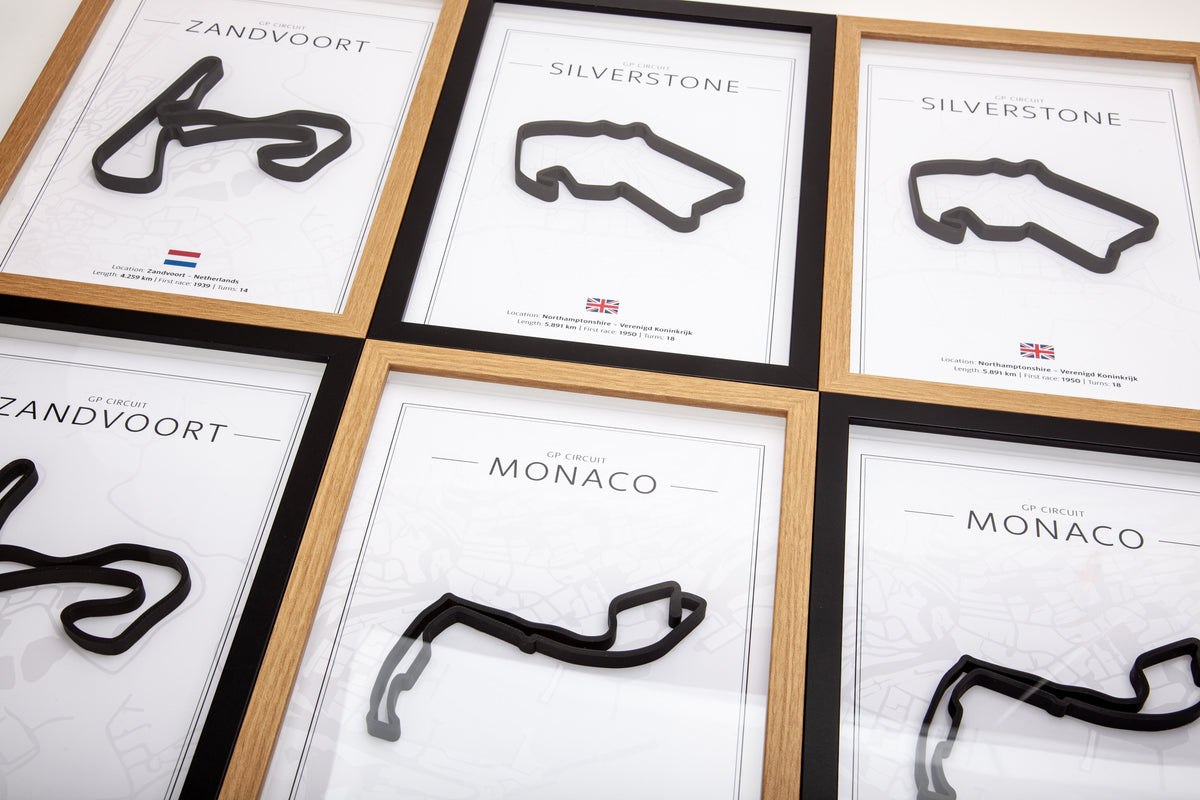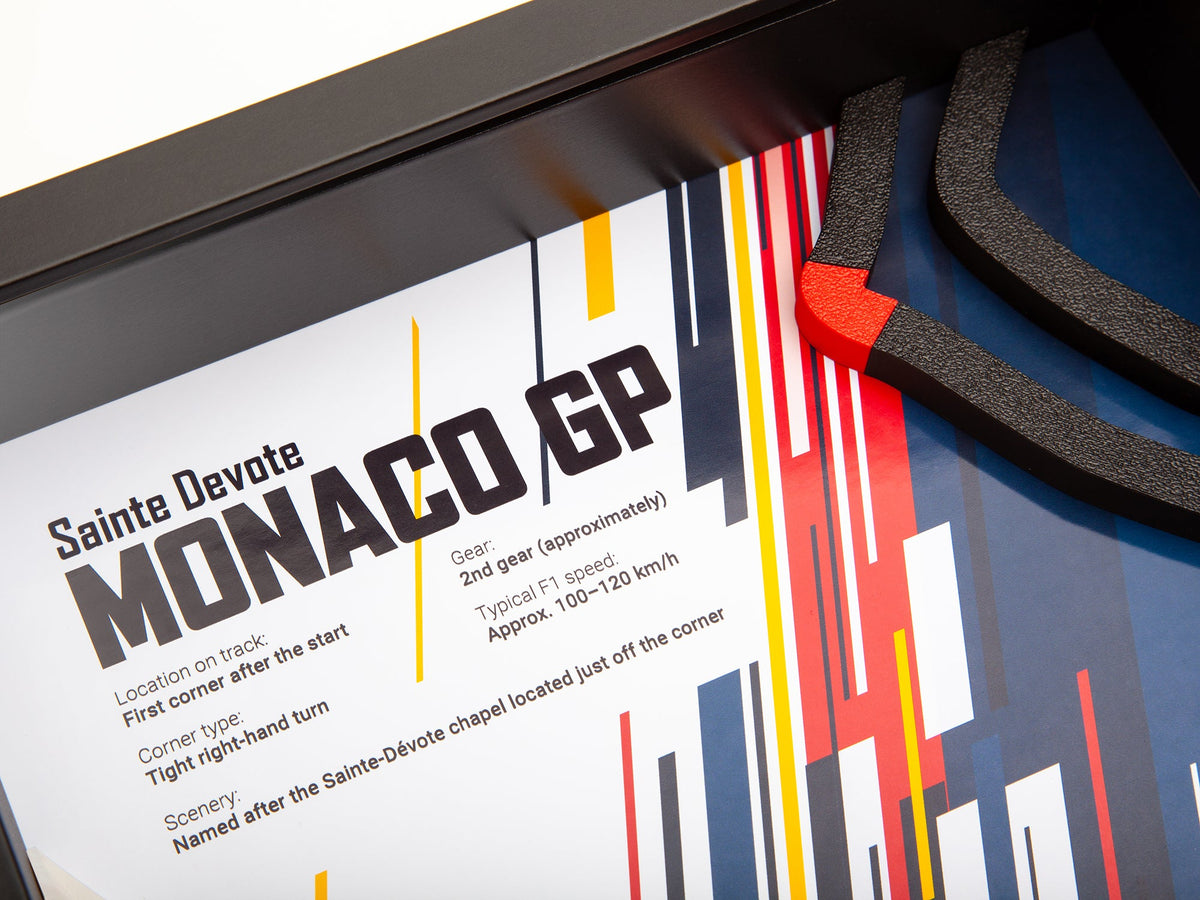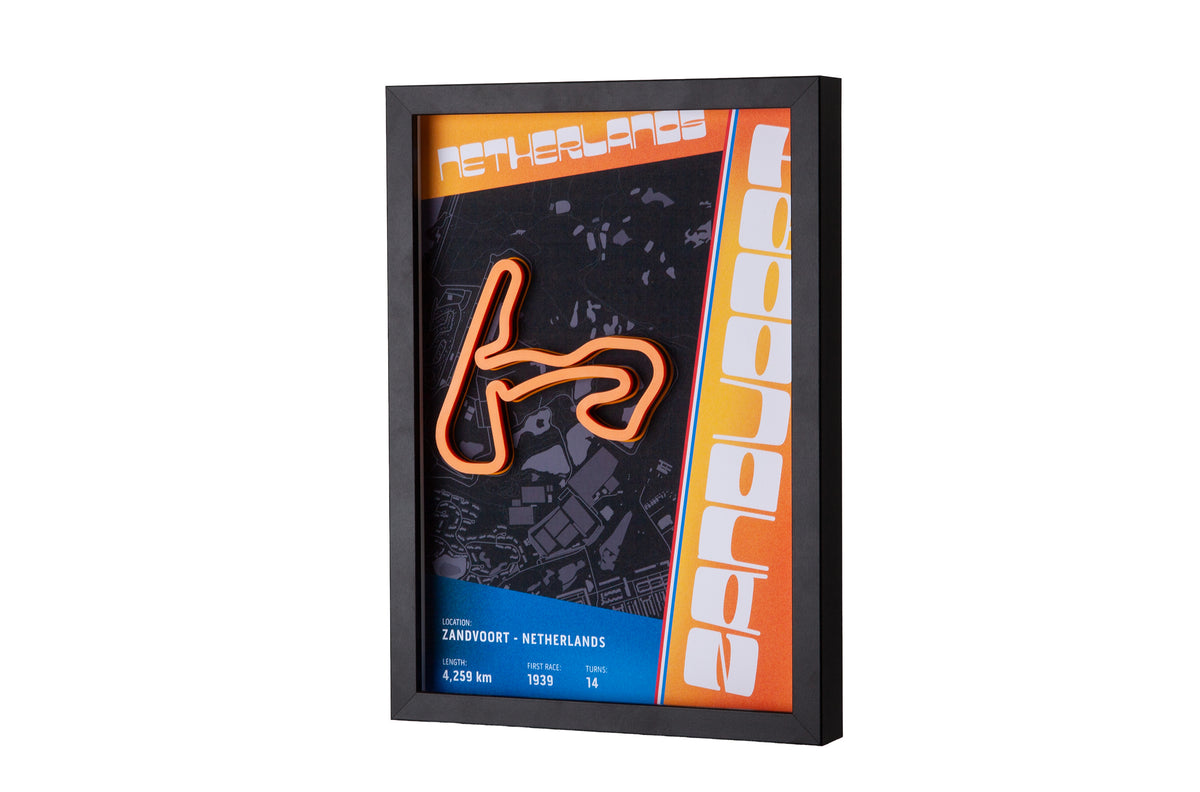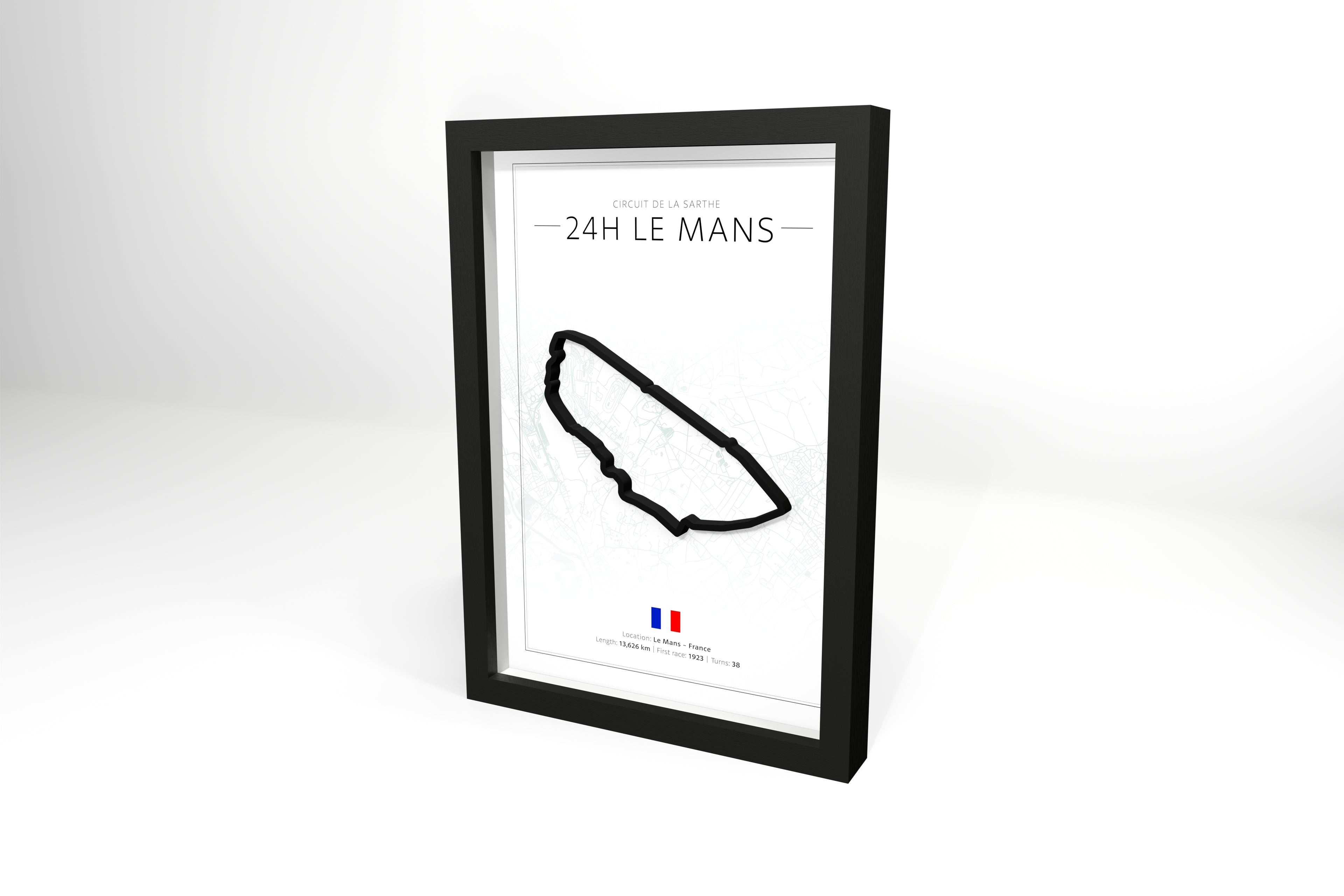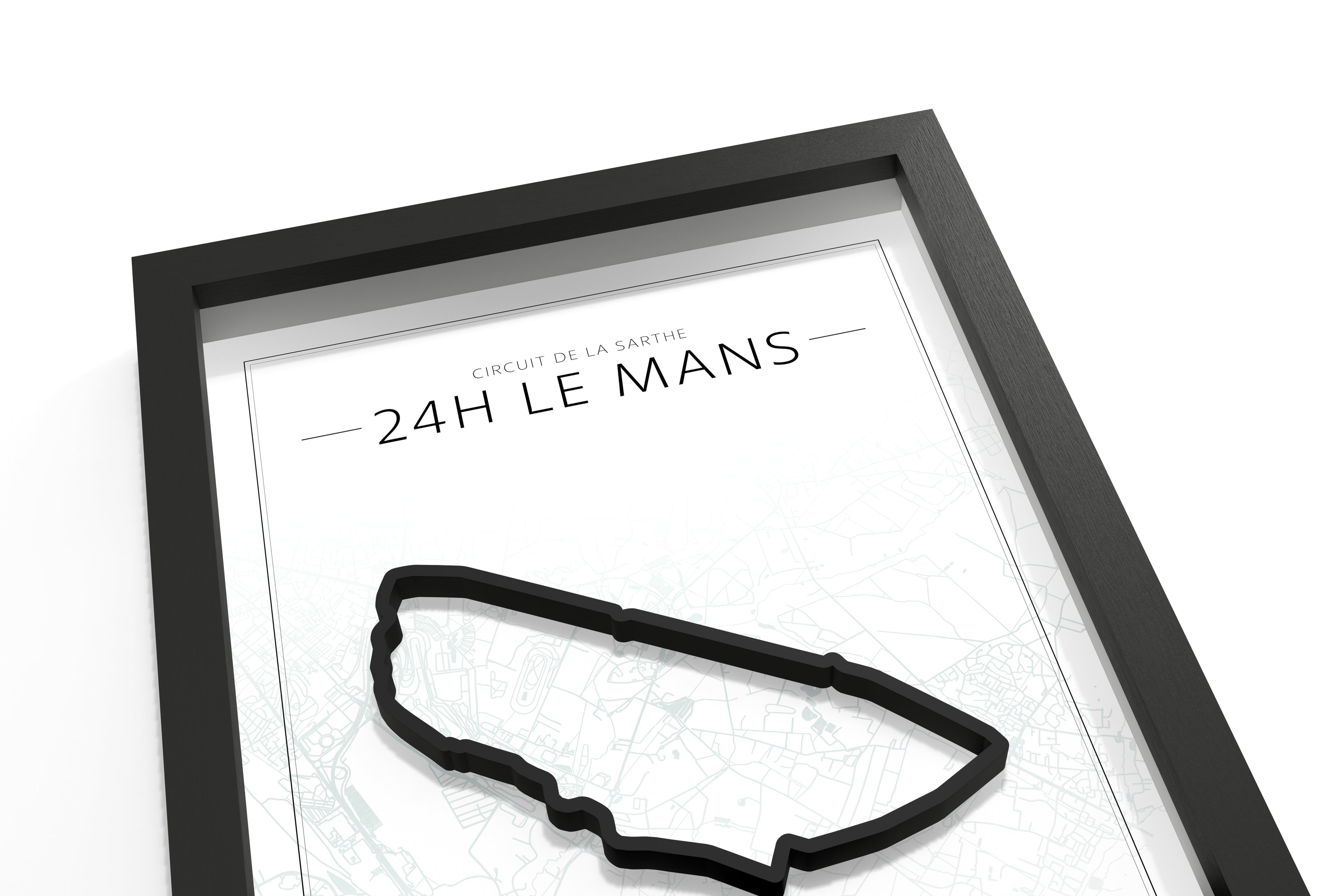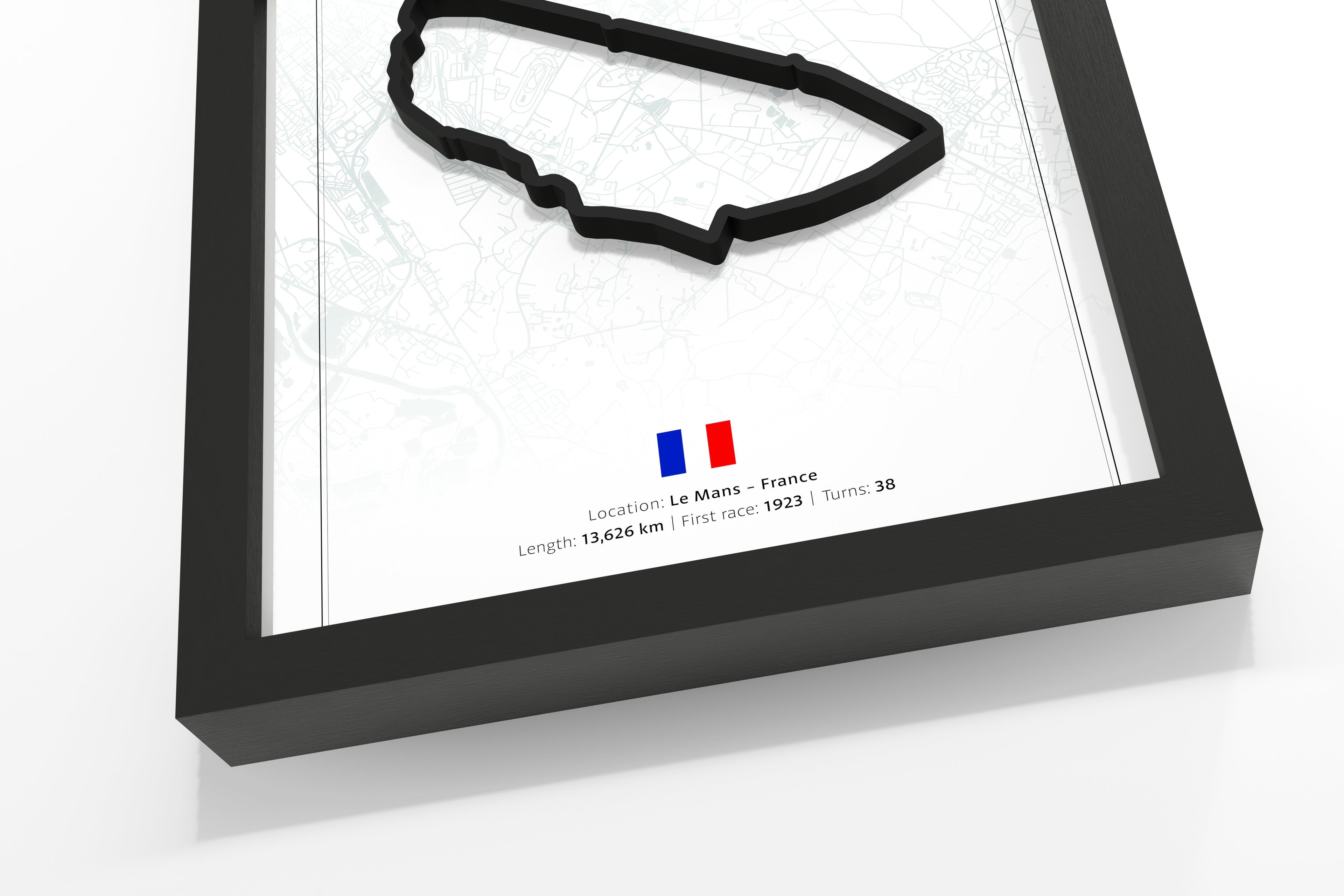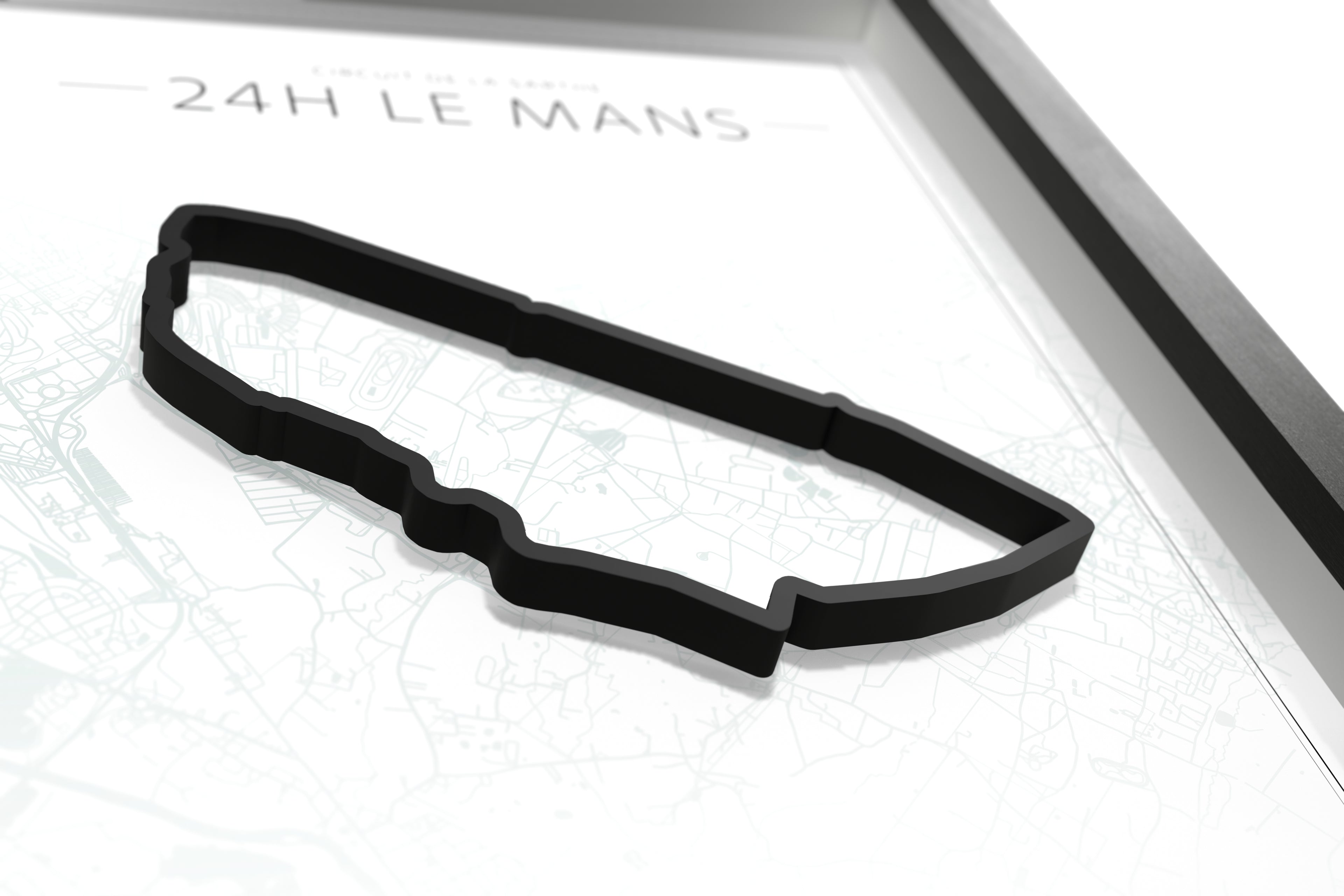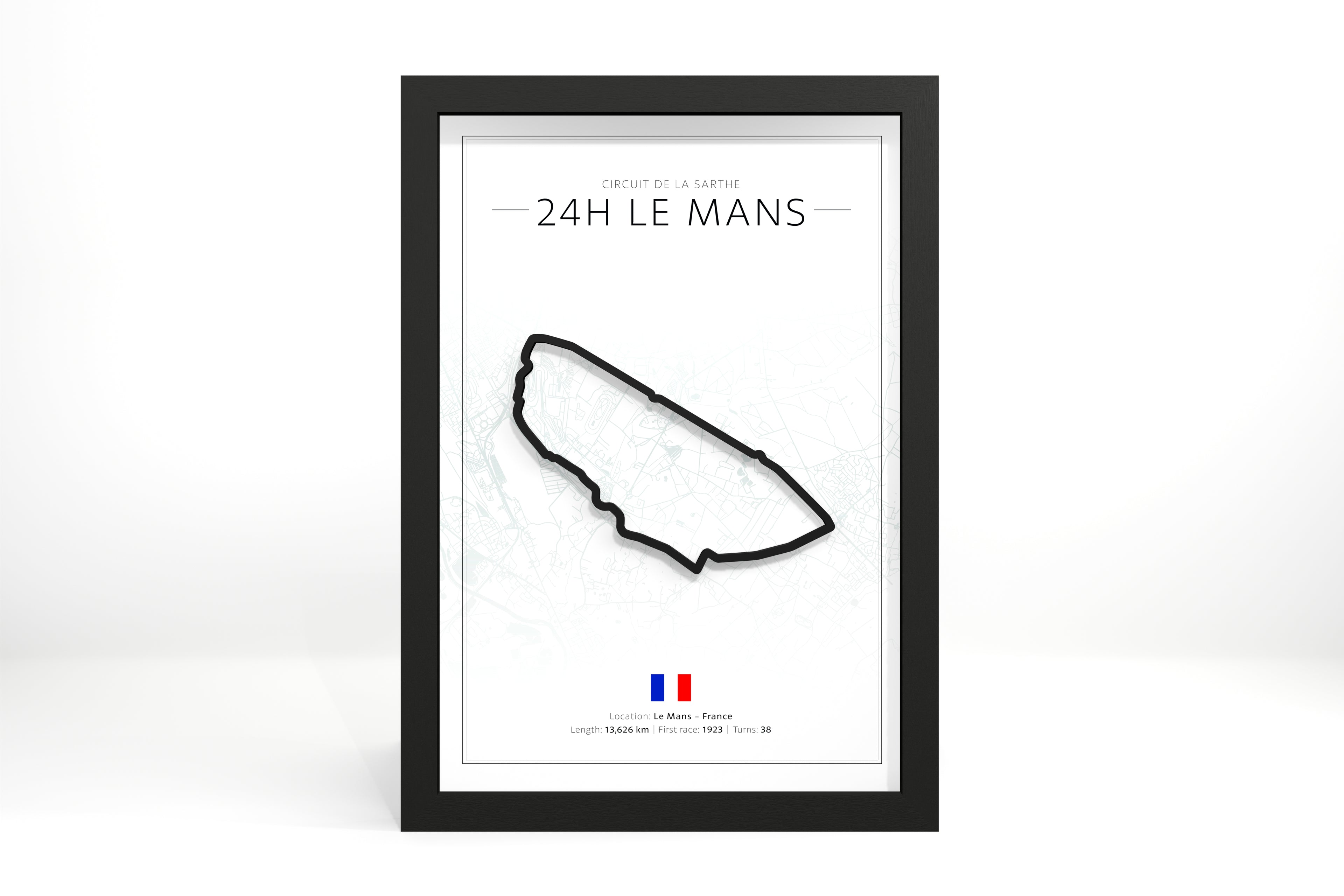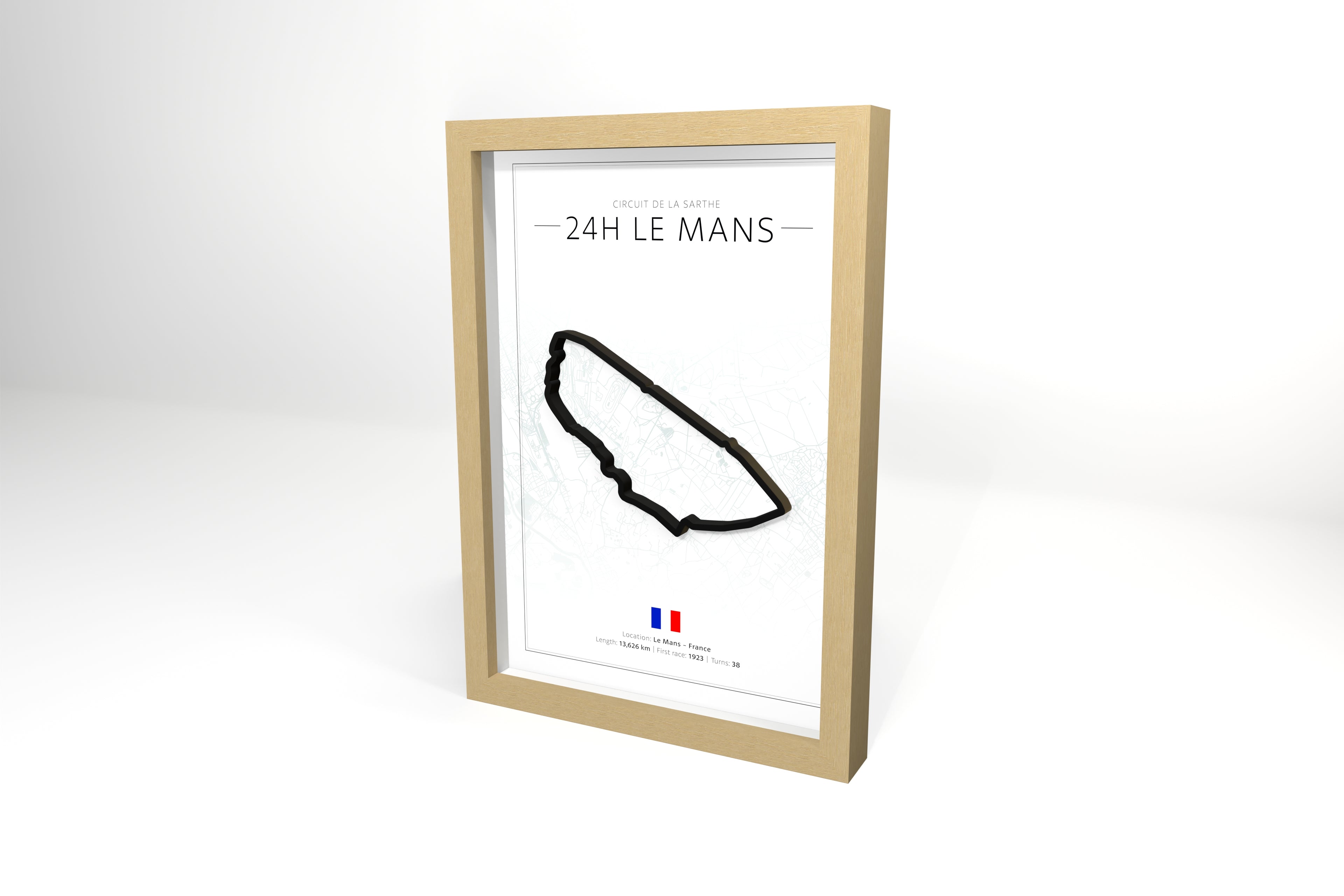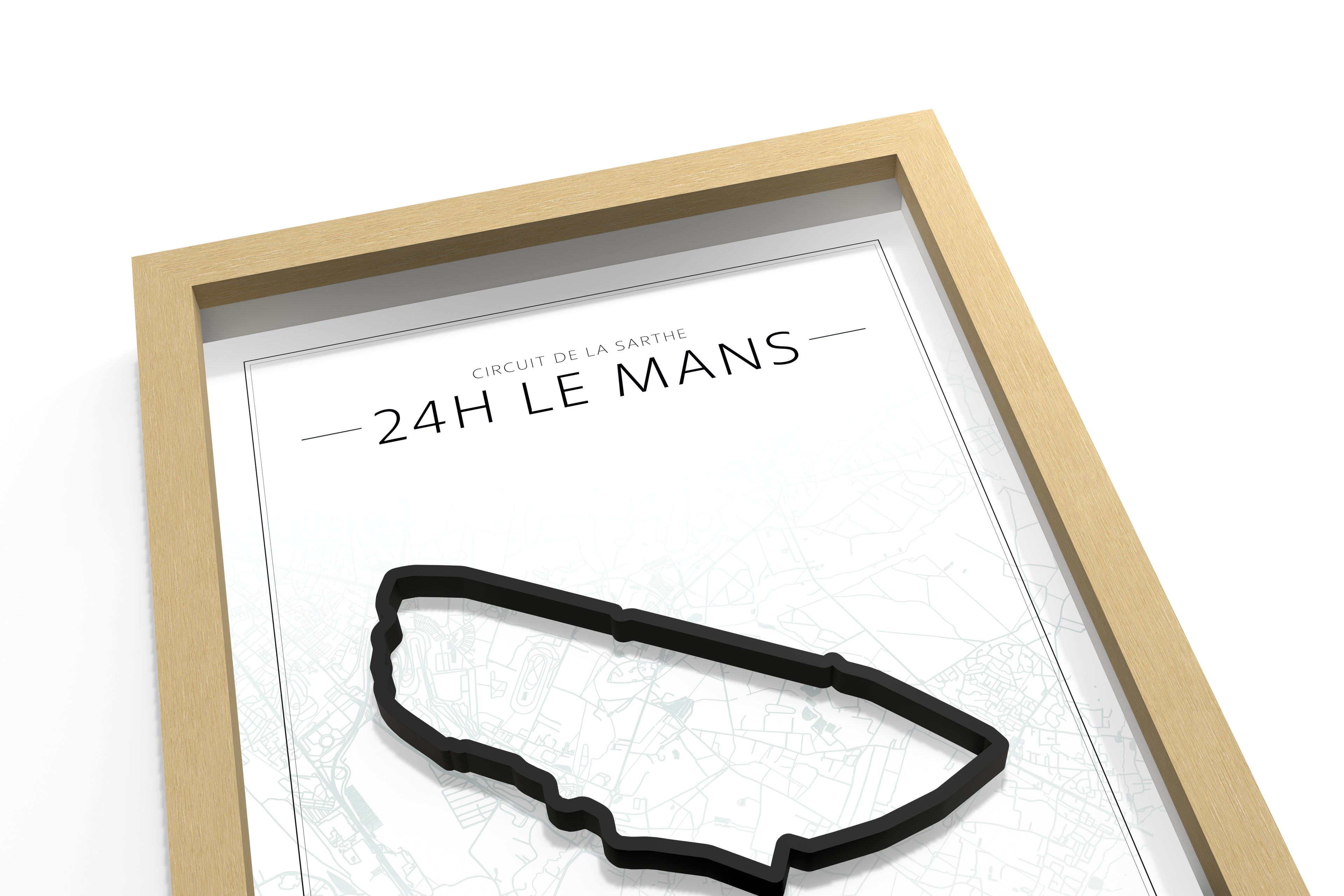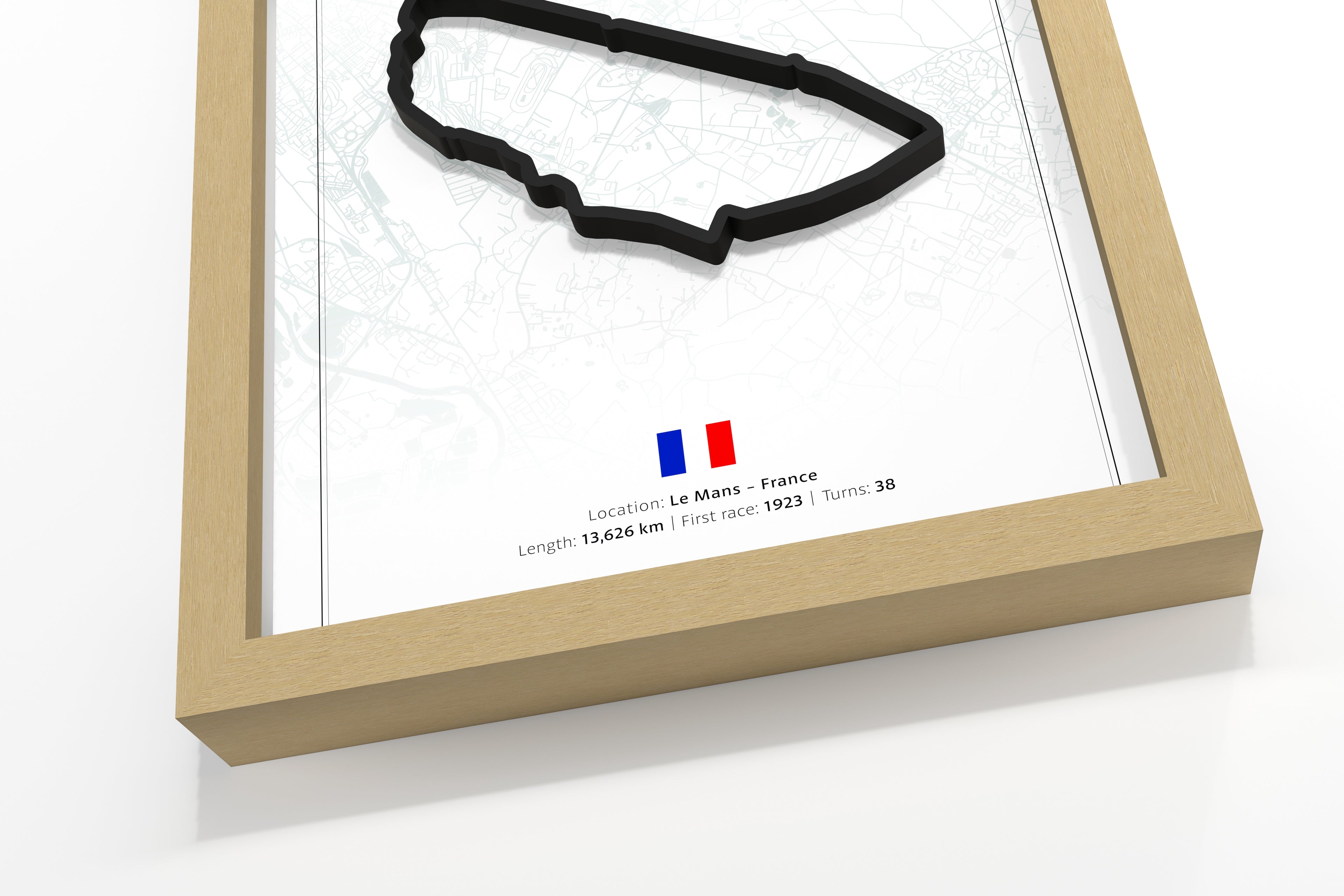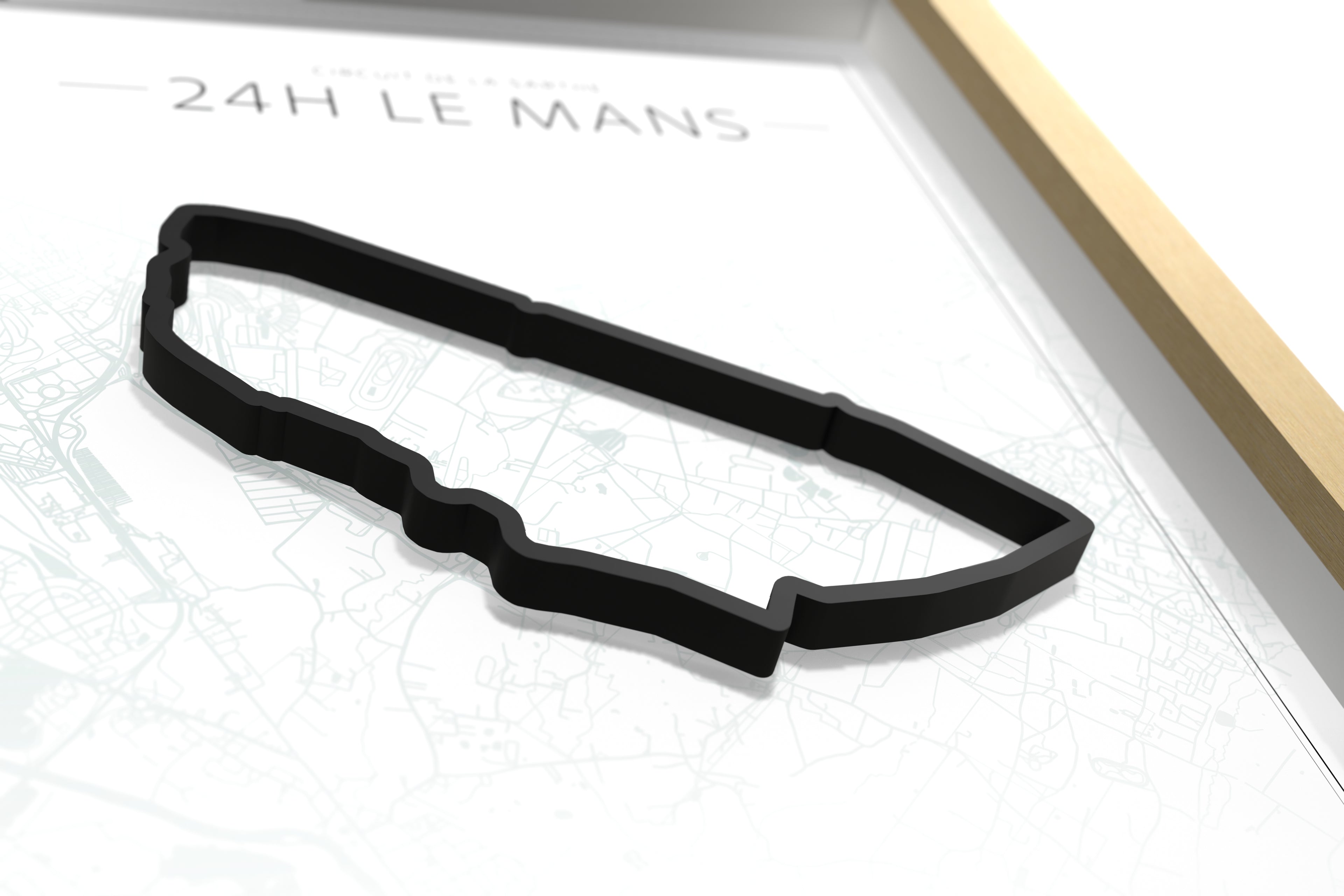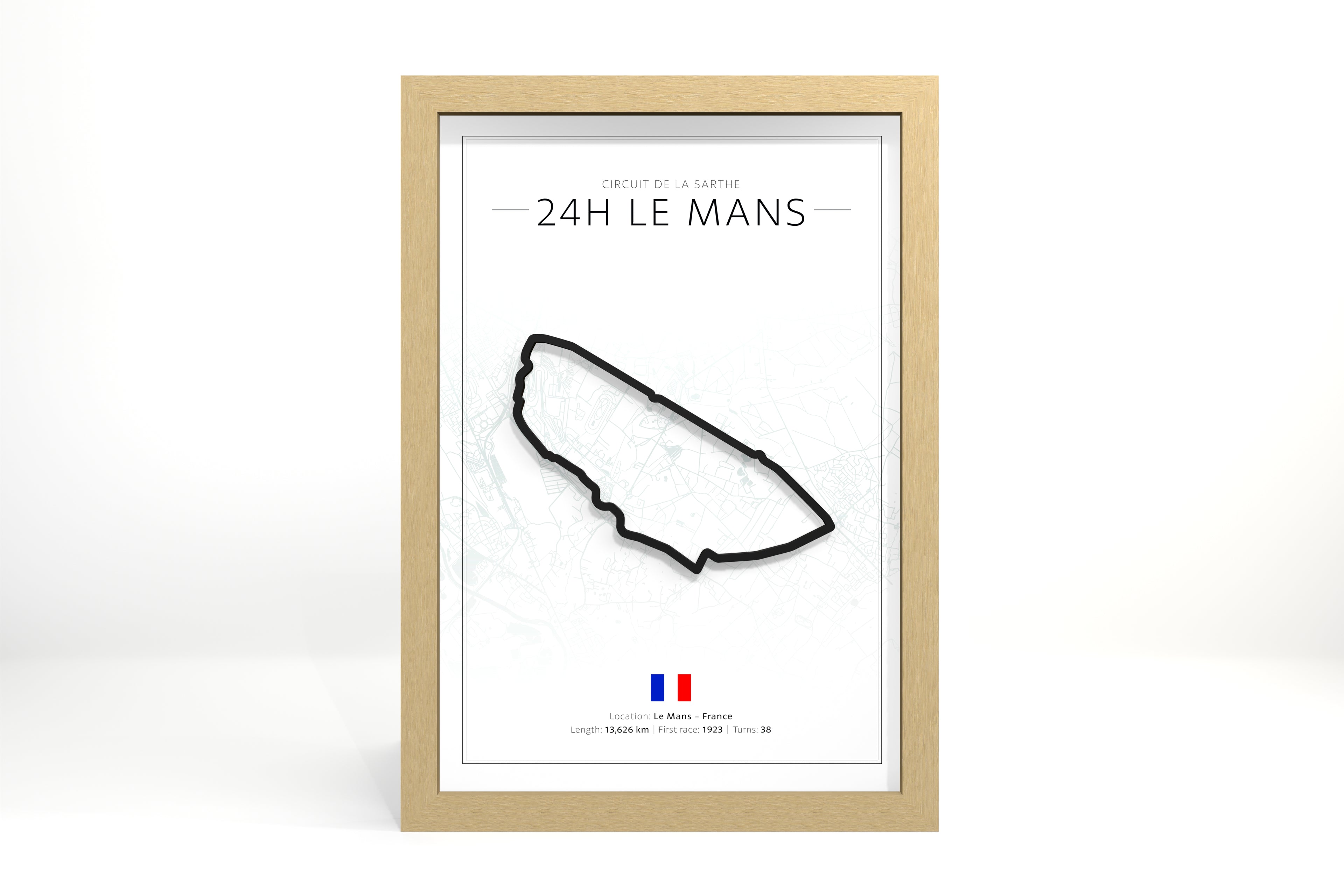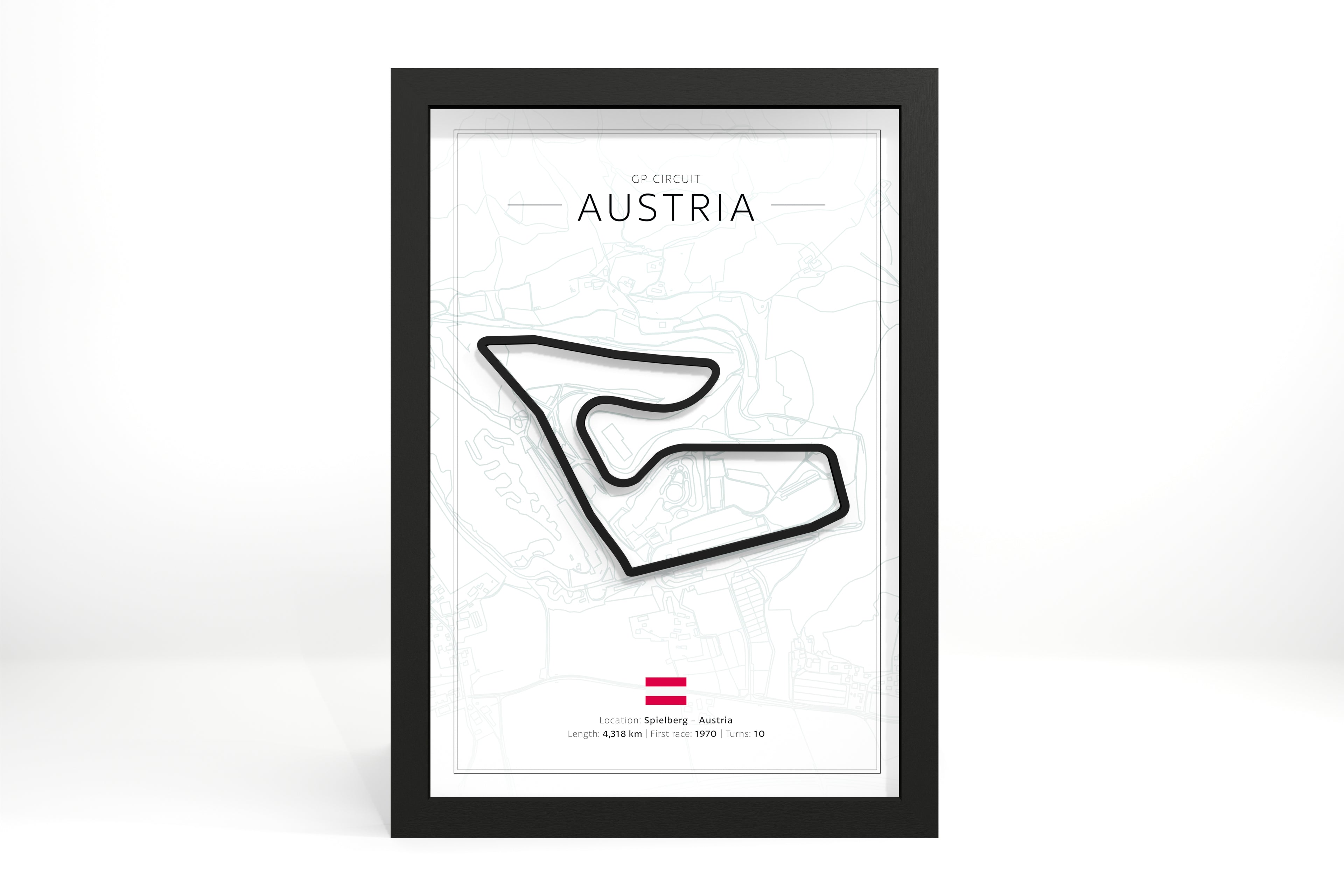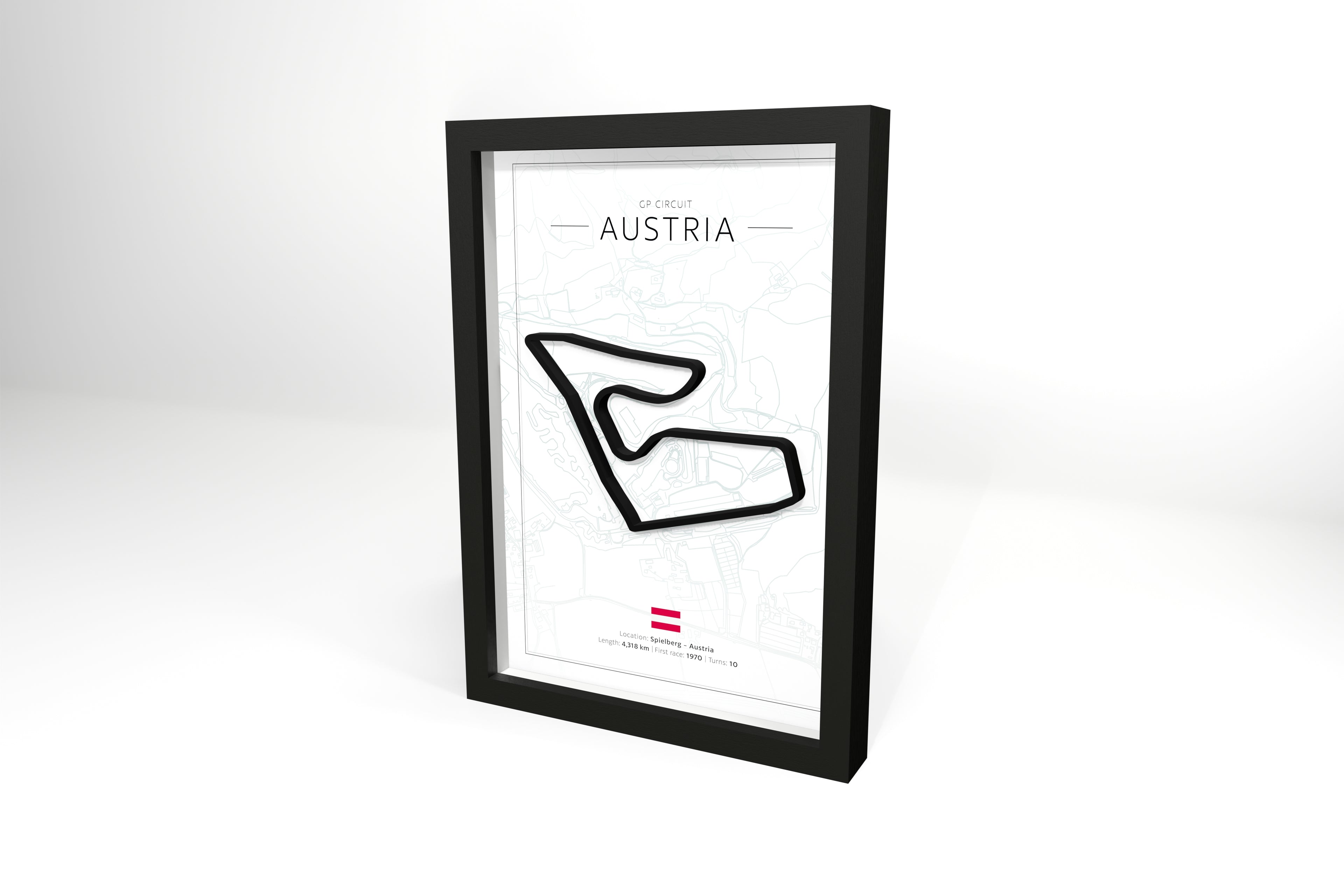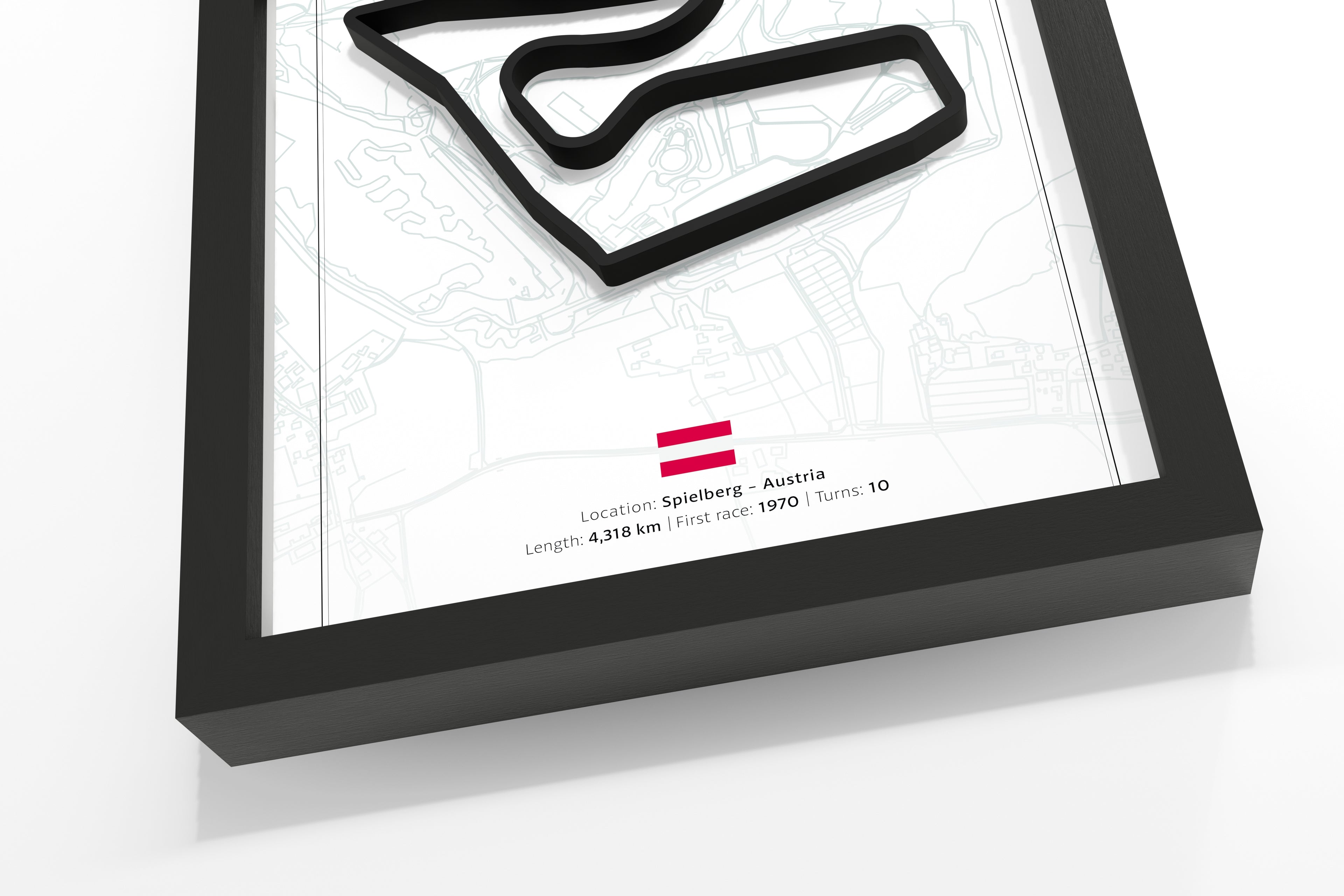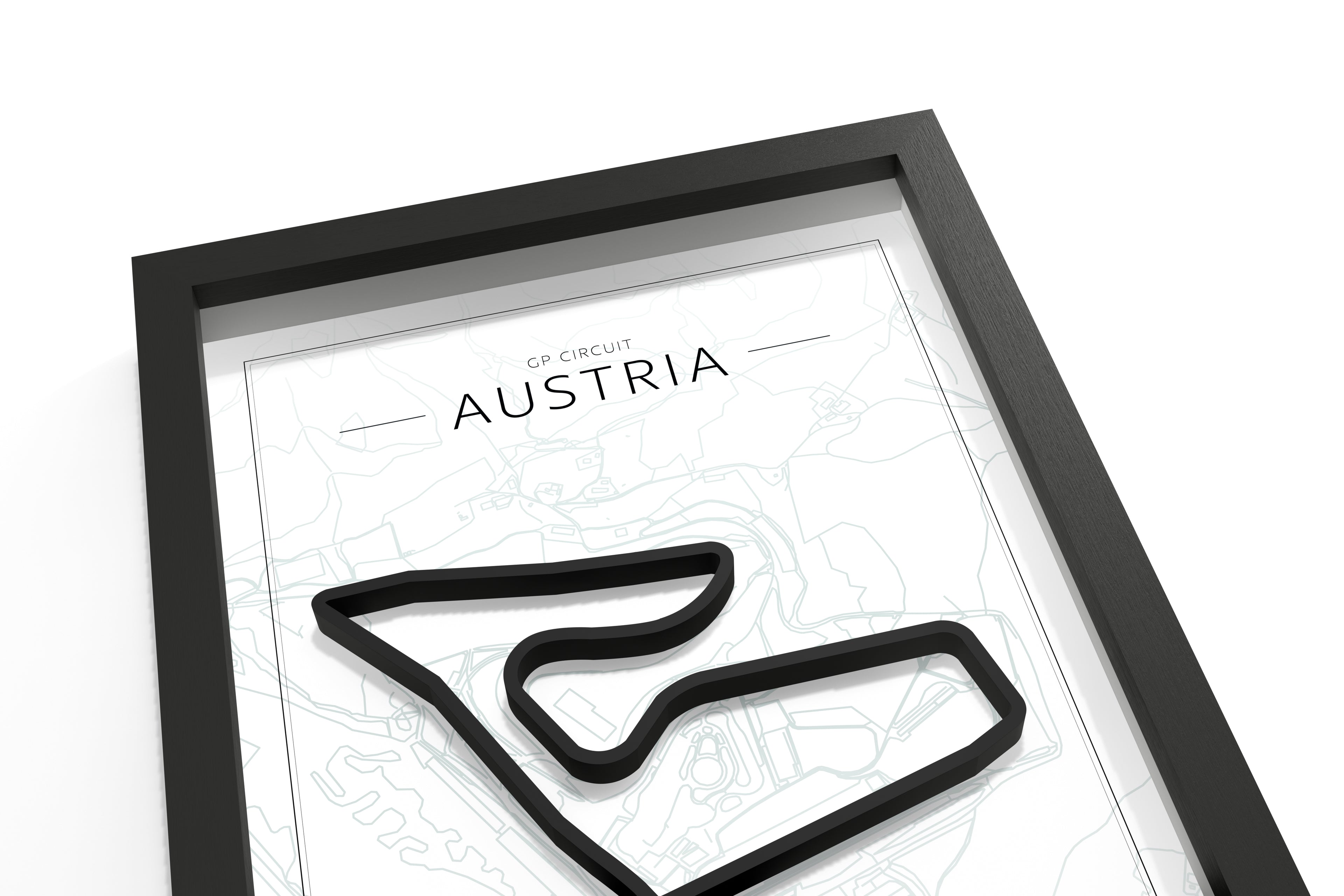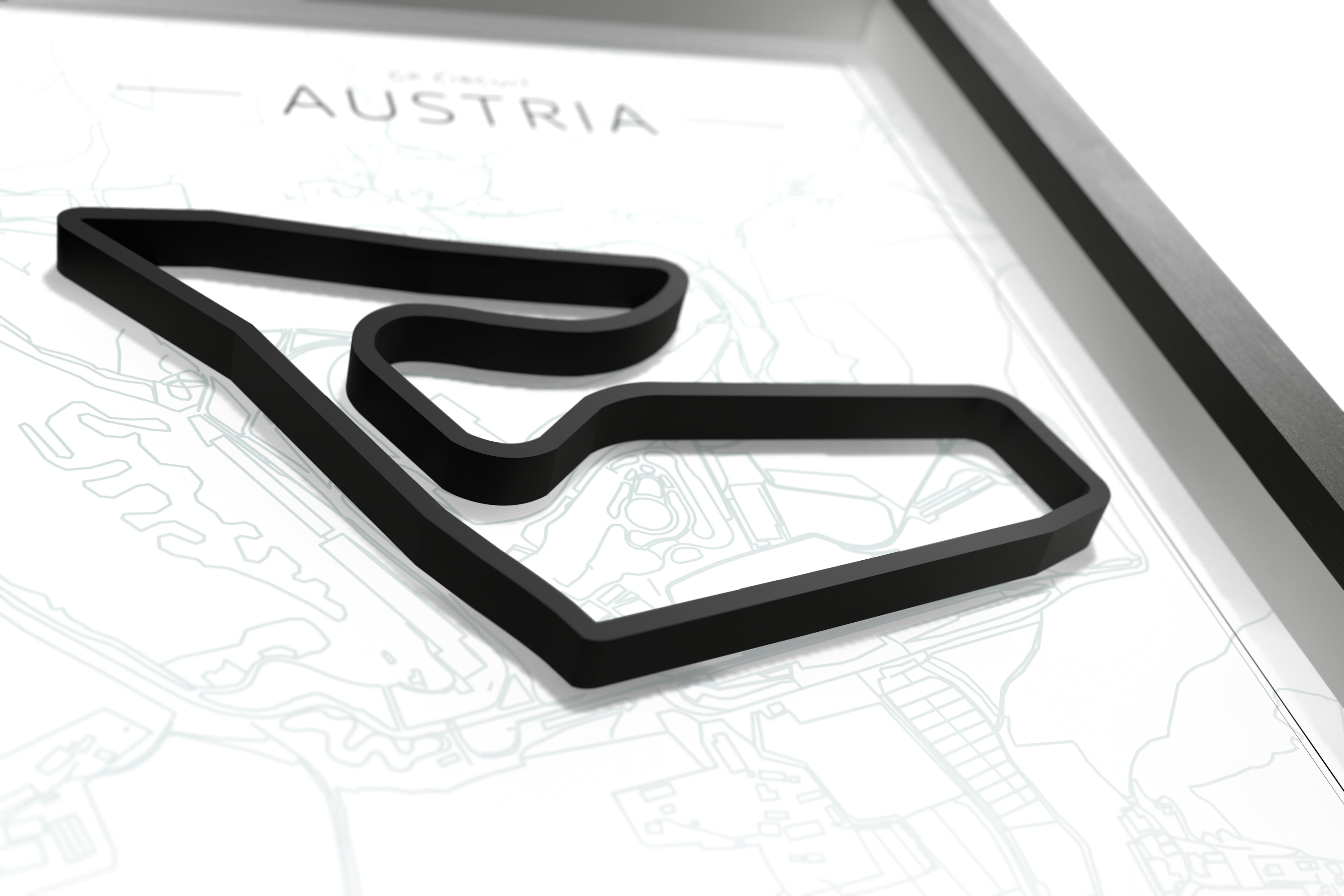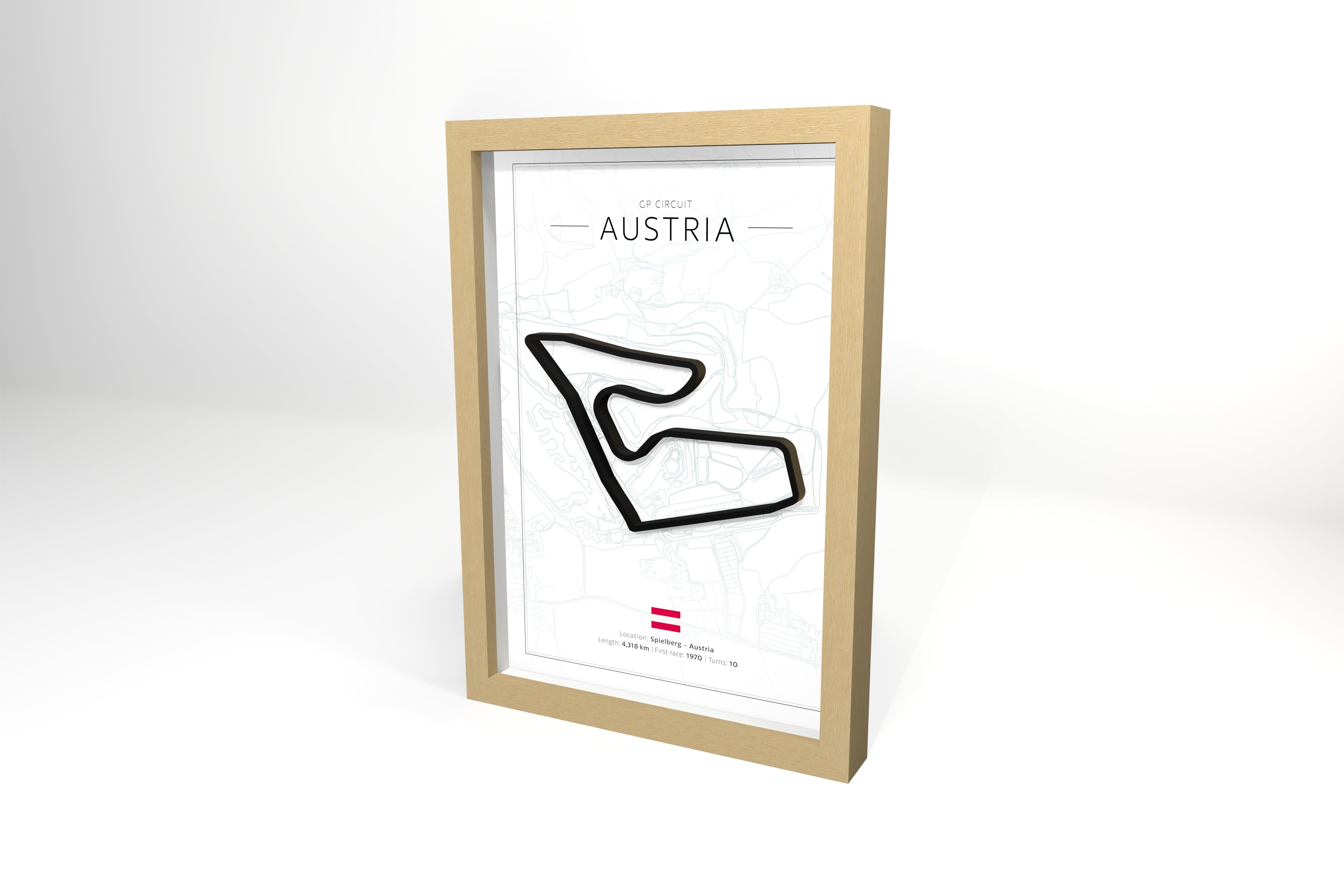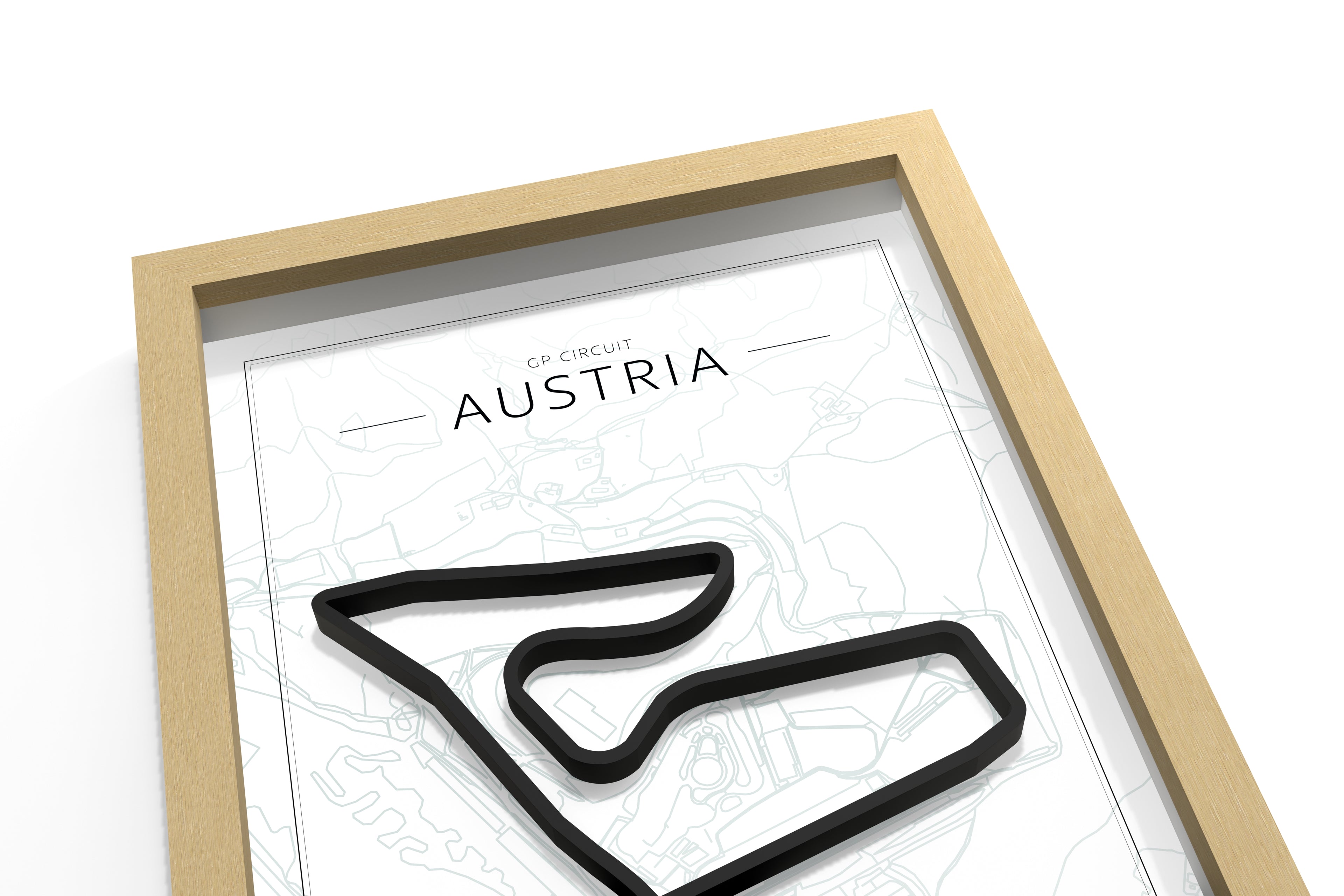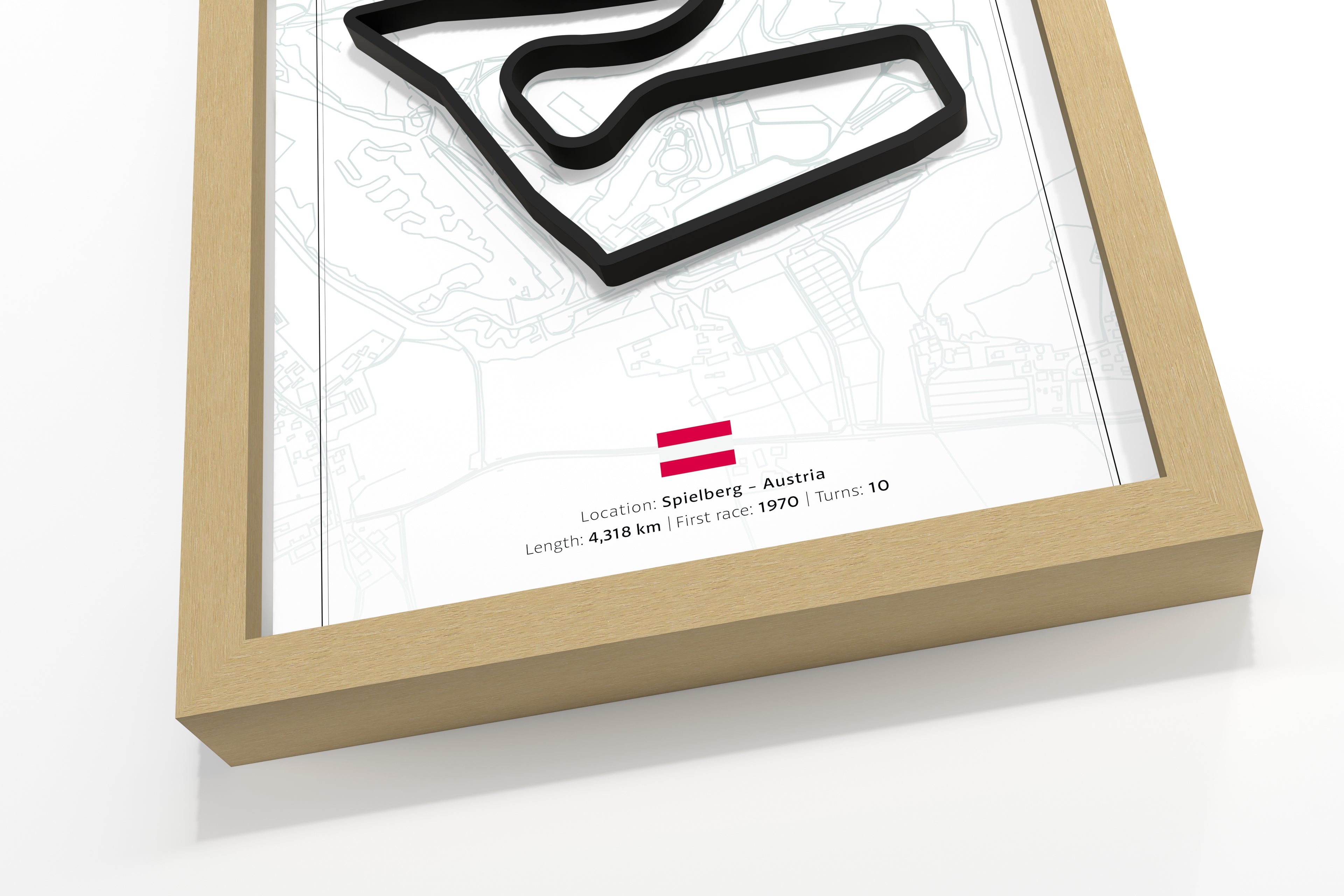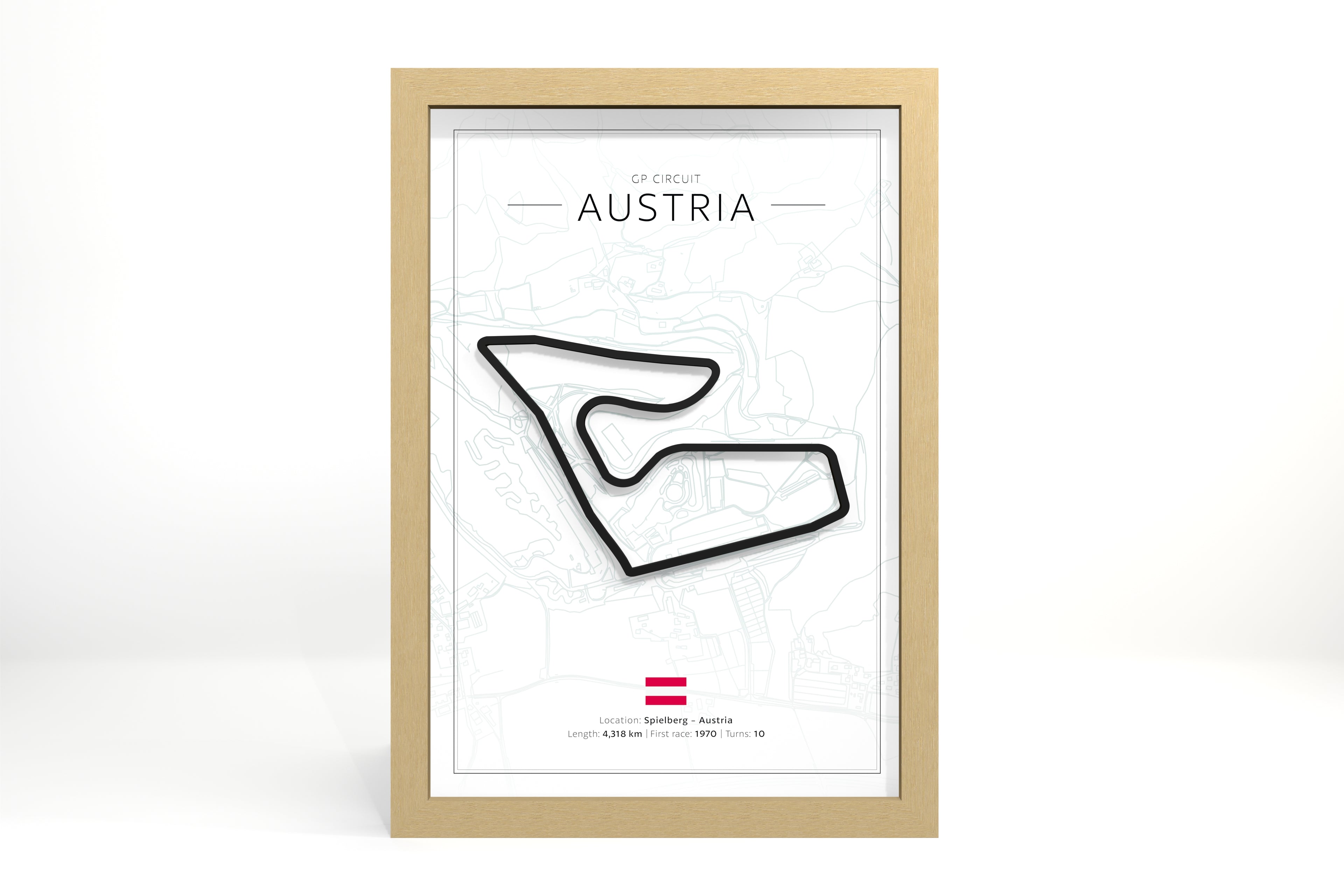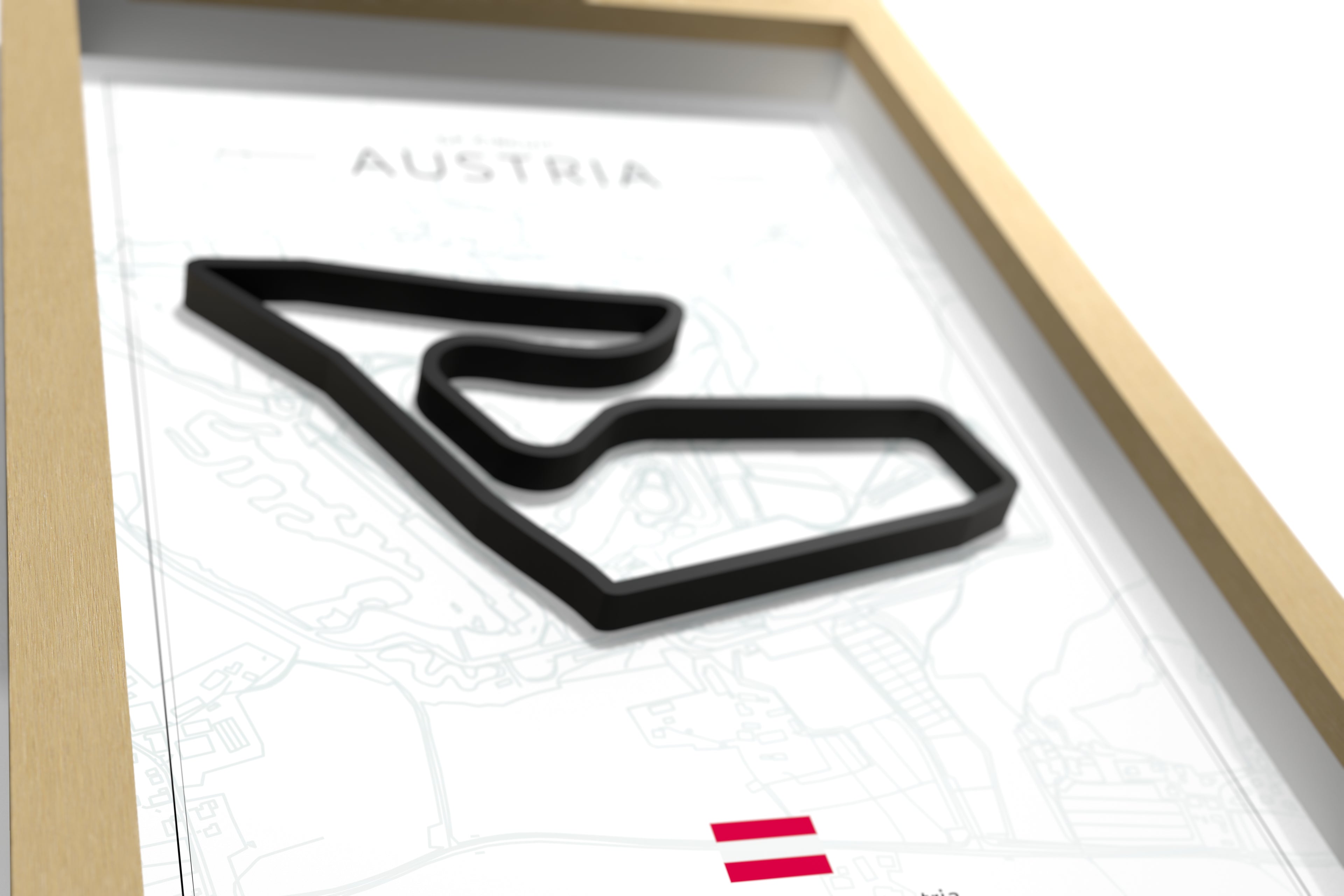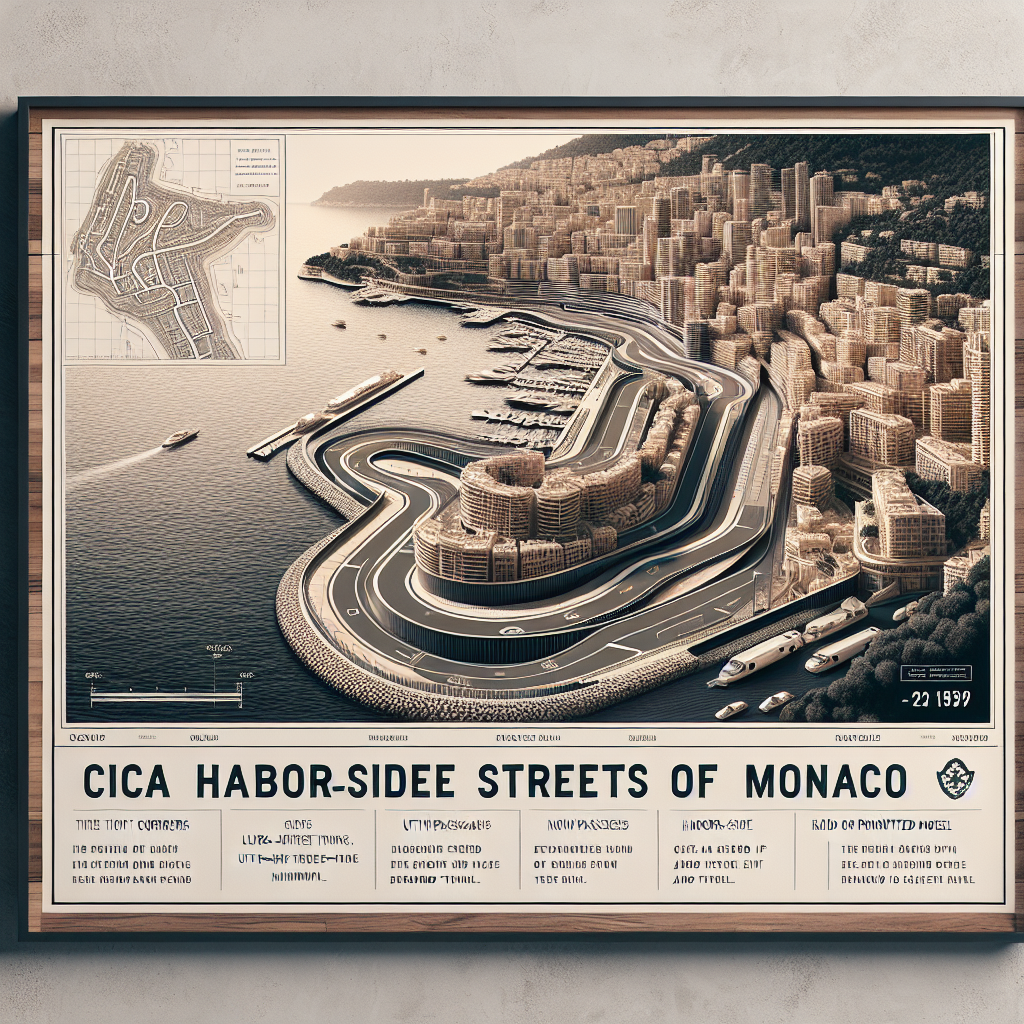
A Glimpse into Monaco: Stories and Style from the Iconic Harbor Circuit
Niels Laan
Introduction
Few circuits capture the imagination quite like the legendary harbor-side streets of Monaco. Nestled along the shimmering Mediterranean coastline, this circuit is more than a race—it’s an annual spectacle steeped in history, glamor, and unforgettable racing moments.
Monaco Circuit: Five Fascinating Facts
1. Twisting Streets Since 1929
Long before modern racing became a global phenomenon, the streets of Monaco served as a stage for daring drivers. Established in 1929, the circuit is famous for its tight corners and narrow passages, testing precision like nowhere else.
2. The Tightest Hairpin in Racing
One of the circuit’s most recognizable features is its slow-speed, ultra-tight hairpin—widely regarded as the slowest corner in top-level racing. Navigating this bend requires such finesse that even experienced drivers like Fernando have praised its technical challenge.
3. Charles’ Hometown Challenge
For Charles, racing the harbor streets holds personal significance—he grew up just blocks away. Despite the home advantage, Monaco can be merciless: in 2021, Charles secured pole position but couldn’t start the race due to heartbreak in qualifying, highlighting Monaco’s unpredictability.
4. A Race Won from Pole
Unlike many circuits, starting up front is almost essential here. Overtaking opportunities are scarce, so qualifying is king. Lewis has claimed victory from pole in Monaco, showing just how vital those draining Saturday sessions can be.
5. The Tunnel’s Unique Thrill
Few sights in motorsport rival the moment when modern machines rocket through the circuit’s enclosed tunnel. The sudden shift in light and sound offers drivers a sensory experience found nowhere else—a challenge that Max once described as "like flying through a cavern at speed."
Decor Inspiration: Bring Monaco Home
The distinctive map of Monaco’s circuit—tight serpentine turns, the harbor outline, and iconic landmarks—makes for a striking piece of wall art. In a man cave or office, a 3D-printed model framed in black or oak can serve as a tribute to racing’s prestige. These framed art pieces, built with sturdy 3 cm wooden frames and printed on ECOlabel paper, offer an understated nod to racing passion without dominating the space.
Conclusion
From Charles’ hometown efforts to epic drives by Lewis and the unforgettable tunnel, Monaco remains a showcase for racing drama and heritage. Racingoutlines, a small creative team from the Netherlands, carefully crafts 3D-printed circuit models—like Monaco’s—with a respectful nod to this history. Their framed pieces, featuring map backgrounds and circuit stats, allow fans to celebrate legendary moments in their own space—always with a subtle, authentic touch.
